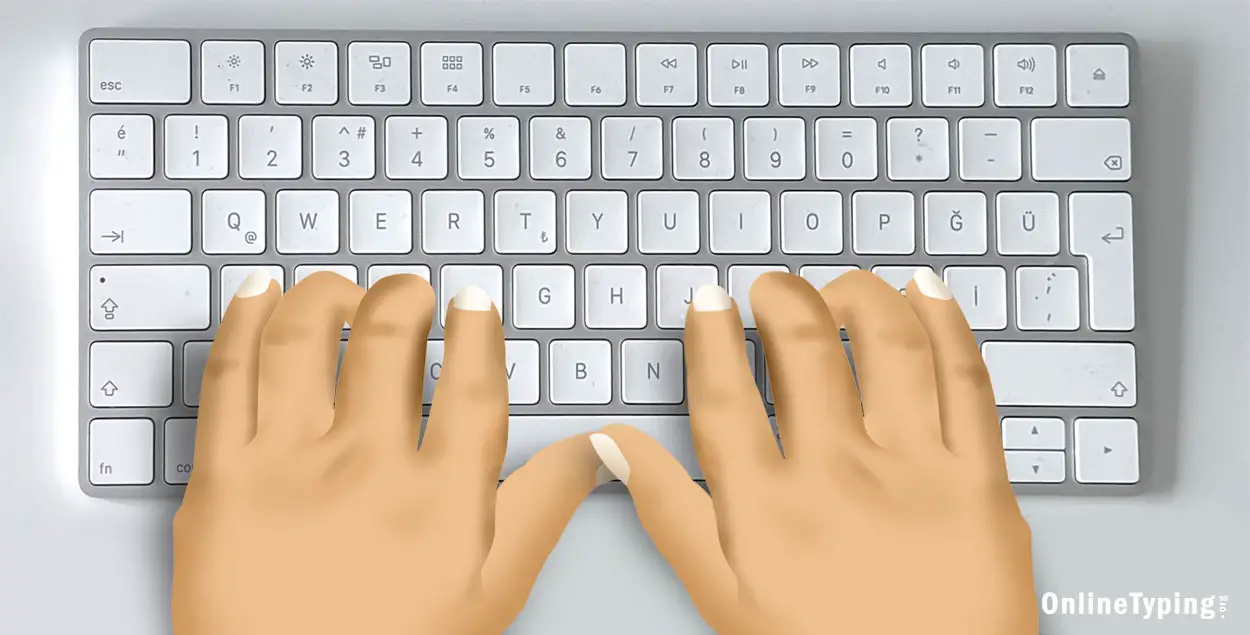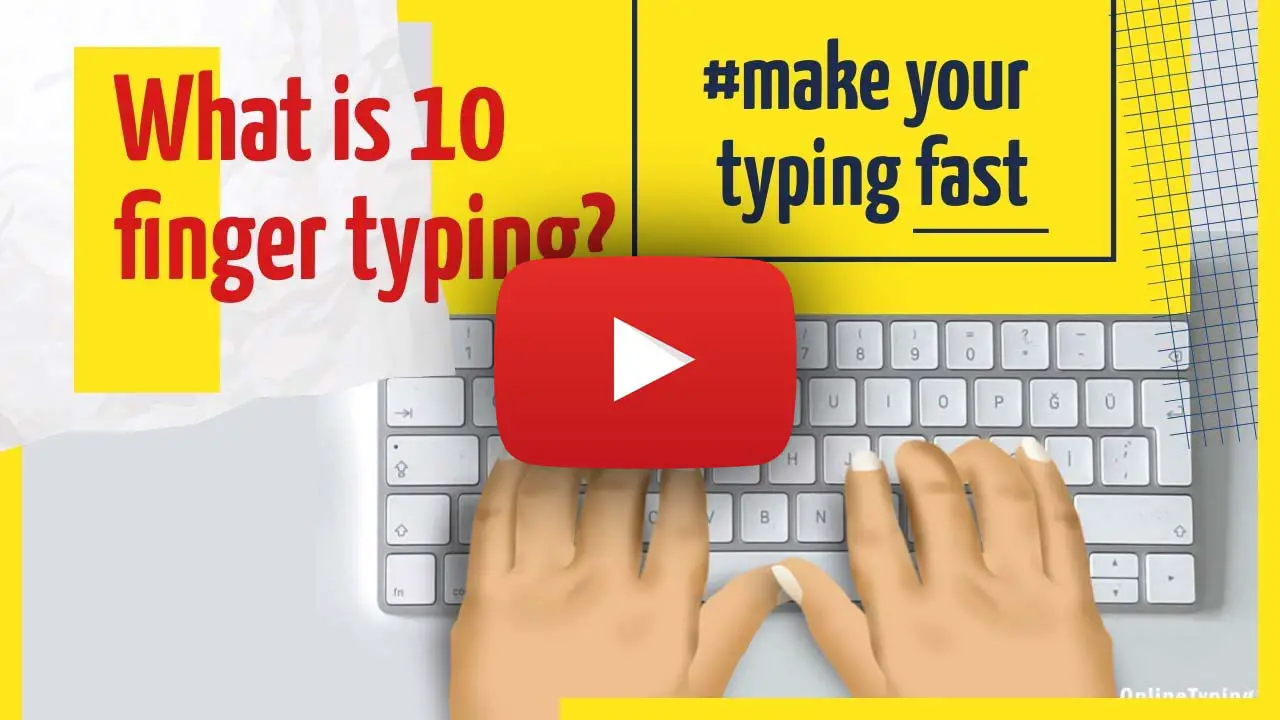What is 10 fingers typing and why you should learn it?
It's no secret that typing is an integral part of our modern lives. We type all day long, from writing papers in school to sending emails at work. It's one of the popular ways we communicate with each other.
But have you ever thought about how much more efficient your typing would be if you had more than two hands? If you're like most people, it'll come as a surprise that there are actually ten fingers on both hands - not just the index fingers! And when they're used effectively, all ten can increase your typing speed exponentially while reducing mistakes by up to 75%.
Learning this technique takes only a few months and will make your life easier and save a lot of time for you!

What does it mean to 10 fingers typing?
Typing with all ten fingers simply means you're typing not only by using your two index fingers. That might sound like an unnecessary skill, but if you learn to use the other eight fingers on both hands (and yes, that's possible!), you'll be able to type up to twice as fast while making fewer errors.
Most people only use their index fingers, and this forces them to hunt and peck their way around the keyboard. If you're not yet proficient with all ten fingers, then you might find that it takes longer than usual for your fingers to travel from key to key.
Using all of your fingers reduces the fingers' traveling distance, and that's how it saves time. You'll move the correct finger to the right key almost every time! For example, if you want to press the "S" letter, it should be your ring finger that presses down on the key instead of the index finger. Because you're not taking a longer path, you won't make mistakes or make fewer mistakes!
Typing with ten fingers makes it easier to touch type, which means you tap your fingers on the keys without looking at them. If you ever find yourself staring at your screen while typing but can't think of what to type next because your fingers are taking too long to find the right keys, you're obviously not typing fast enough. It requires practice at first, but you'll soon be able to type without looking at the keys! This is an essential skill, especially for those who like to watch TV or read books while typing.

Why should you learn 10 fingers typing?
There are many benefits to typing efficiently and fast. The first benefit is that you'll be able to write reports, essays, and emails without sitting at a computer all day long. You can quickly type these documents on your laptop or tablet while sitting in the airport lounge, riding the bus, or having coffee with your friend. Since it's so easy to carry around these devices, you can write anywhere!
The second benefit is that you'll be able to type all day without getting carpal tunnel syndrome. It's a painful condition that makes it difficult for your fingers and wrists to move. You'll find yourself in pain if you're typing incorrectly for too long, like when you type without the other eight fingers. It's usually not a problem in the short term (unless you're typing all day), but it does get worse over time.
Typing with 10 fingers will strengthen your hands and improve your overall dexterity. You won't get carpal tunnel syndrome, and your typing speed will increase significantly.
The main benefit of learning touch typing or ten fingers typing is it saves a lot of time for you. If you are an office worker or a student writing a lengthy report, a fast typing speed can save your time and increase productivity.
What muscles are used to type with 10 fingers?
Typing with all ten fingers is surprising for many people because they often only use the index and middle fingers to type. You might even find that one of your hands prefers using only two fingers (just like most people), but the other hand can use all five fingers.
It turns out that using your fingers to type isn't just about finding the right keys; it's also about muscle strength because you need to press down on the key with enough force for it to work. Although membrane keyboards require very little pressure to register a keypress, some mechanical (Tactile) keyboards need a handsome amount of force to hit a key.
When typing with all ten fingers, along with the finger muscles, you use your arms (triceps), back (trapezius), and shoulders (deltoids). These muscles need to work together to move your fingers around the keyboard without getting tired. The more fingers you use, the stronger these muscles will be.
What are some good resources to learn 10 fingers typing?
There are many resources available to improve your typing skills. You can practice with free keyboarding lessons online, which you'll find in the public domain (i.e., you don't need to pay for them). You can also purchase software that's designed specifically for learning how to type with all ten fingers (and it comes with instructions and exercises). These programs are often pricey, but they're very effective.
To learn, we have designed a unique 10 finger typing test training program where you can learn the technique and practice as well. Practice is essential to set fingers on the keyboard, so once you learn the rules, make a schedule and practice regularly. You may choose the QWERTY or Dvorak typing training session in our 30 days free typing lessons. If you follow this program properly, you will learn and become a master typist within a very few months.
Final thoughts
As you can see, using all ten fingers to type is beneficial in many ways. You'll be able to type faster, your fingers won't get so stiff, you'll make fewer typos errors, and you'll be able to touch-type while watching TV or listening to music. Which of these benefits appeals to you the most?
This article gives a few examples of how specific muscles are used while typing with all ten fingers and some good resources for learning to type with ten fingers. Hopefully, readers will find this article helpful, informative, and easy to read. Please leave them in the comments section below if you have any questions. Thanks for reading.
Share Your Comment